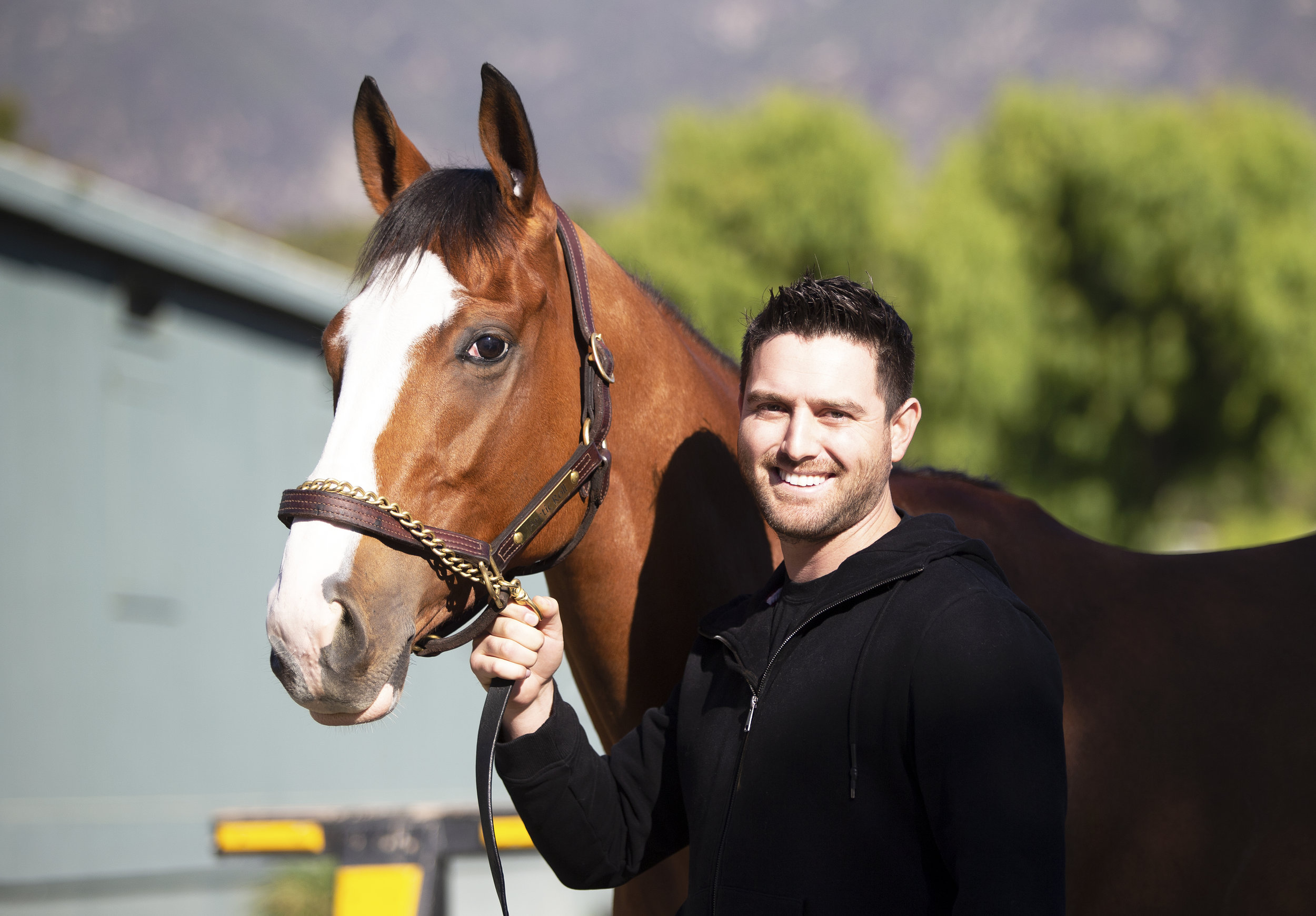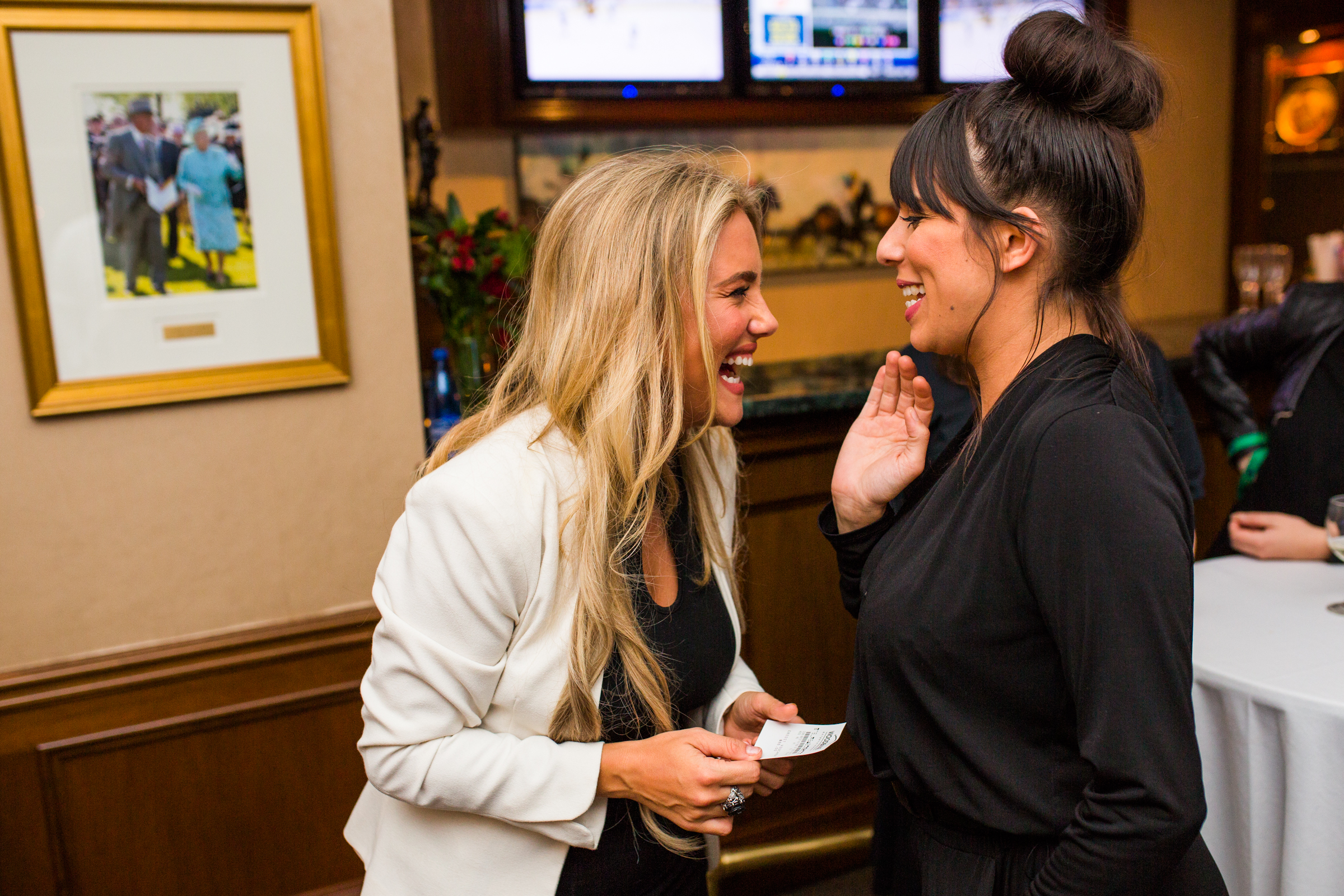Vickie and Greg Foley - Continuing a family tradition from their Kentucky bases
/By Bill Heller
Asked how long the inquiry deciding the fate of her winner of the $400,000 Gr1 Woody Stephens Stakes Hog Creek Hustle seemed, trainer Vickie Foley said, “Eternity.” Then she added, “Usually, the longer it goes, the worse it is.”
Her family shared her anxiety as Hog Creek Hustle’s number 8 blinked on and off on the toteboard at Belmont Park on the undercard of the Belmont Stakes June 7. Hog Creek Hustle had won by a neck under Corey Lanerie but had clearly bumped Mind Control, ridden by John Velazquez, around the top of the stretch. Mind Control wound up finishing eighth.
Vickie’s brother Greg was watching on TV at Churchill Downs, where he saddled a horse that afternoon and where he is eighth all-time in training victories. Her nephew Travis, Greg’s son and assistant trainer, and Travis’ girlfriend Patsy, were on vacation watching on television at the Golden Nugget casino in Biloxi, Miss.
Vickie has been training for 38 years. Greg, who has been married to Sheree for 38 years, has also been training for 38 years. Neither Vickie nor Greg had ever won a Gr1 stakes. Their late father, Dravo, trained horses for 48 years after a horse ended his jockey career by stepping on him, forcing doctors to remove a piece of his lung. He had never won a Gr1 stakes as a rider or as a trainer.
Vickie had watched the race by herself on a TV monitor at Belmont Park: “I just looked up and said, `God, please don’t take this horse down.”
Then in an instant, the inquiry was over. Using their discretion, the stewards ruled that the foul did not affect the outcome of the race because Mind Control had pretty much come up empty at that point. They left Hog Creek Hustle stand as the winner, but disciplined Lanerie with a five-day suspension for the incident.
The collective sigh of relief stretched from Mississippi to Kentucky to New York.
“I felt I had a ton of bricks lifted off my shoulders,” Vickie said, “It was the best feeling ever. I take my hat off to John Velazquez. He told the stewards that his horse was done. He wasn’t going anywhere. They did the right thing. It was the right call.”
Maybe it was karma. The stakes honors Hall of Fame trainer Woody Stephens, who grew up in Stanton, Ky. Thirteen miles from Hog Creek, this small town in a depressed area of eastern Kentucky that the horse was named for, signified that all of the horses’ connections had to hustle to make their way through life. Patty Tipton, who was raised in Hog Creek, and her Louisville neighbors—Mickey and Beth Martin, Stewart Smith, Melissa and Shawn Murphy, Rex McClanahan, Haley Lucas and Candy and Brian Minnichin—created a partnership. They named it Something Special Racing and purchased Hog Creek Hustle for $150,000 at the 2017 Keeneland September Yearling Sale. Greg advised the partners to purchase the yearling.
Greg waited until Vickie got out of the winner’s circle to call. “He said, `Congratulations! You did a hell of a job. I give you all the credit. I am so proud of you, and I love you,’” Vickie said. She was touched. “He’s not the mushy type,” she said.
His appreciation was genuine. “That was the first Gr1 for our family,” he said. “We’ve been doing this for a long time the hard way. We persevered and we’re still at it. It’s a tough sport, period, and that much tougher for a woman. I’m proud of her for that.”
They had started their journeys together so many years ago. And though they train separately—she with a dozen horses and he with 40—they share the same barn when they winter at The Fair Grounds. Vickie, 62, is the oldest of four children, followed by Greg, Sharon and Lisa. “He’s my best friend,” Vickie said. “He always has my back. And I have his. If I have a problem with a horse, I go to him. He would be a great veterinarian.”
They were blessed by a father and mother who not only showed them a way of life but also a way to live. “Racing automatically brings you together,” said Travis, who eschewed a corporate life with his MBA from the University of Kentucky to work for his father. “There’s a common ground. We’re all thinking about the same things—what’s going on with the stable. It’s a common ground most families don’t have. Family bonding definitely happens. Horse racing is seven days a week, getting up at 4 o’clock in the morning. You have to love it. Obviously, they do and they passed it on to me. That’s one of the reasons I stayed in it.”…
TO READ MORE —
BUY THIS ISSUE IN PRINT OR DOWNLOAD -
SUMMER SALES 2019, ISSUE 53 (PRINT)
$6.95
SUMMER SALES 2019, ISSUE 53 (DOWNLOAD)
$3.99
WHY NOT SUBSCRIBE?
DON'T MISS OUT AND SUBSCRIBE TO RECEIVE THE NEXT FOUR ISSUES!
PRINT & ONLINE SUBSCRIPTION
$24.95











































